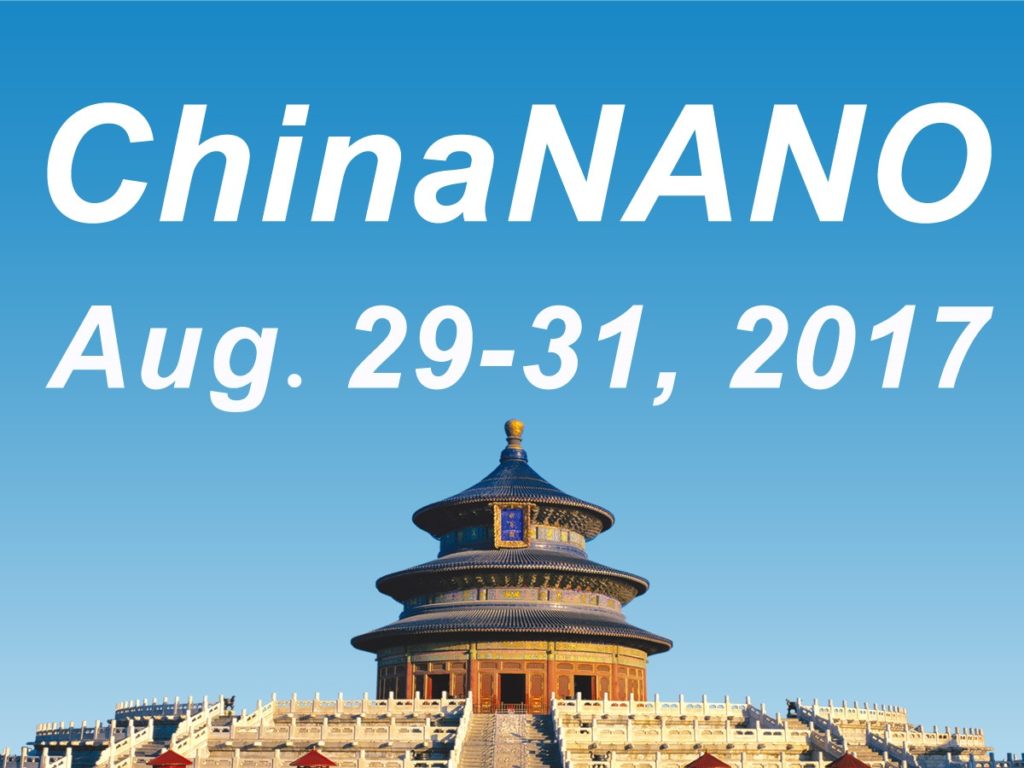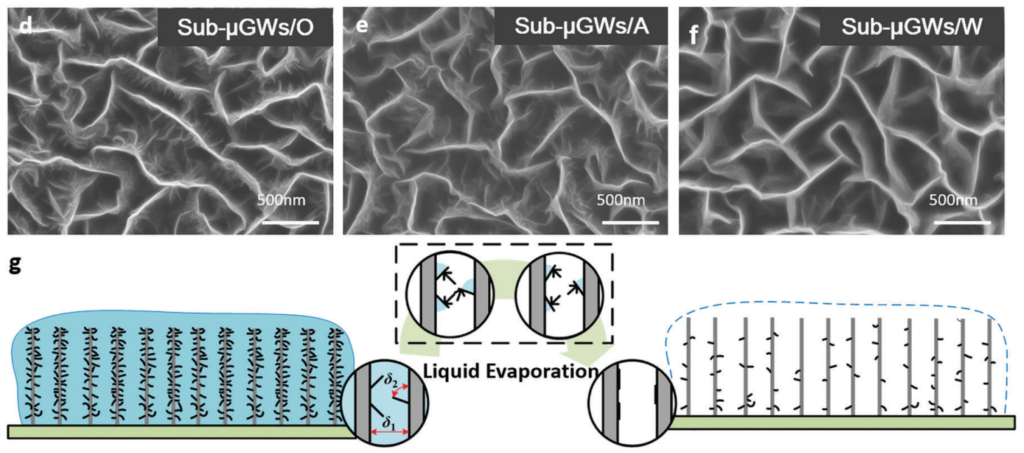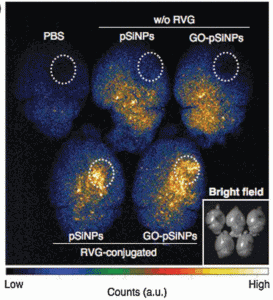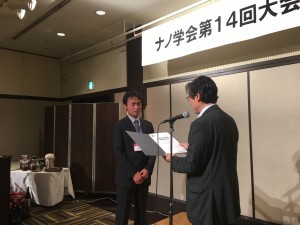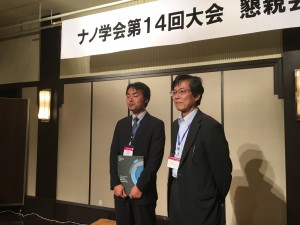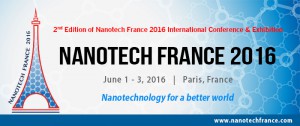Nanoscale Horizons Symposium at ChinaNANO 2017
The 7th International Conference on Nanoscience and Nanotechnology, China 2017 (ChinaNANO 2017) will be held in Beijing on 29 – 31 August, bringing together scientists from across the globe.
We are proud to announce the Nanoscale Horizons Symposium at ChinaNANO 2017, with talks from distinguished board members for Nanoscale and other Royal Society of Chemistry journals to showcase exceptionally high quality and exciting work across a broad scope of nanoscience and nanotechnology.
Notably, Professor Chunli Bai, President of the Chinese Academy of Sciences and Editor-in-Chief of Nanoscale, will also attend this symposium and deliver a welcome speech.
Confirmed speakers include:
- Professor Xiaodong Chen (Nanyang Technological University, Singapore)
- Professor Yamuna Krishnan (University of Chicago, USA)
- Professor Katharina Landfester (Max Planck Institute for Polymer Research, Germany)
- Professor Federico Rosei (National Institute of Scientific Research, University of Quebec, Canada)
- Professor Francesco Stellacci (EPFL, Switzerland)
- Professor Jianfang Wang (Chinese University of Hong Kong, China)
ChinaNANO 2017 is intended to stimulate discussions on the forefront of research in nanoscience and nanotechnology. The conference will focus on the following topics:
- Carbon Nanomaterials
- Inorganic Nanomaterials and Metal-organic Frameworks
- Self-Assembly and Soft Nanomaterials
- Nanocatalysis
- Nano-Composites and Applications
- Energy Nanotechnology
- Environmental Nanoscience and Nanotechnology
- Nanophotonics and Plasmonics
- 2D Materials beyond Graphene and Nanodevices
- Nanocharacterization
- Standards and Metrology
- Modeling and Simulation of Nanostructures
- Nanobiotechnology and Nanomedicine
- Nanotechnology for Bioimaging and Diagnostics
- Safety and Health of Nanomaterials
- Printing of Nanomaterials and Applications
- Optoelectronic Nanomaterials and Devices
- Bioinspired Interfacial Materials and Devices


